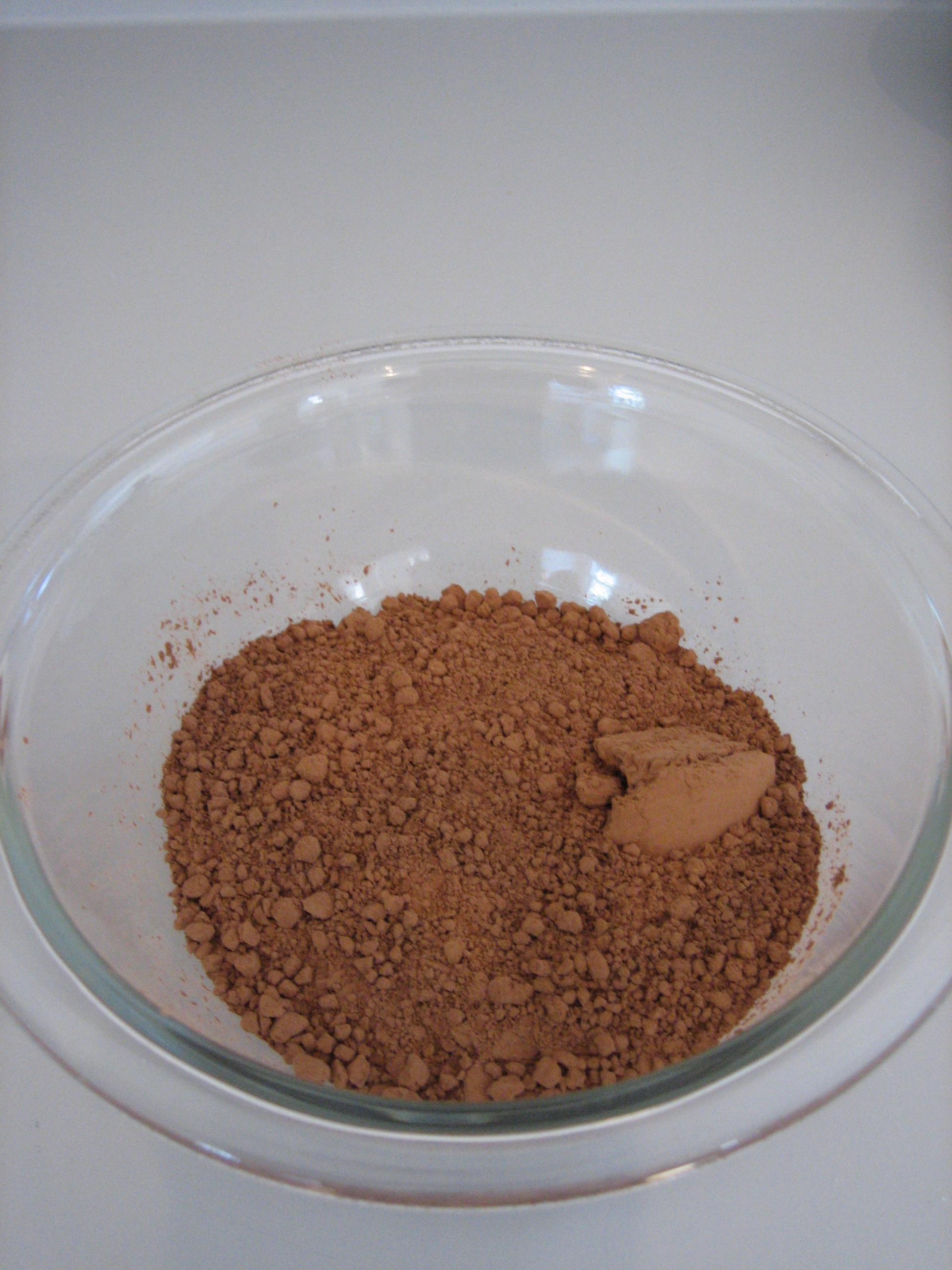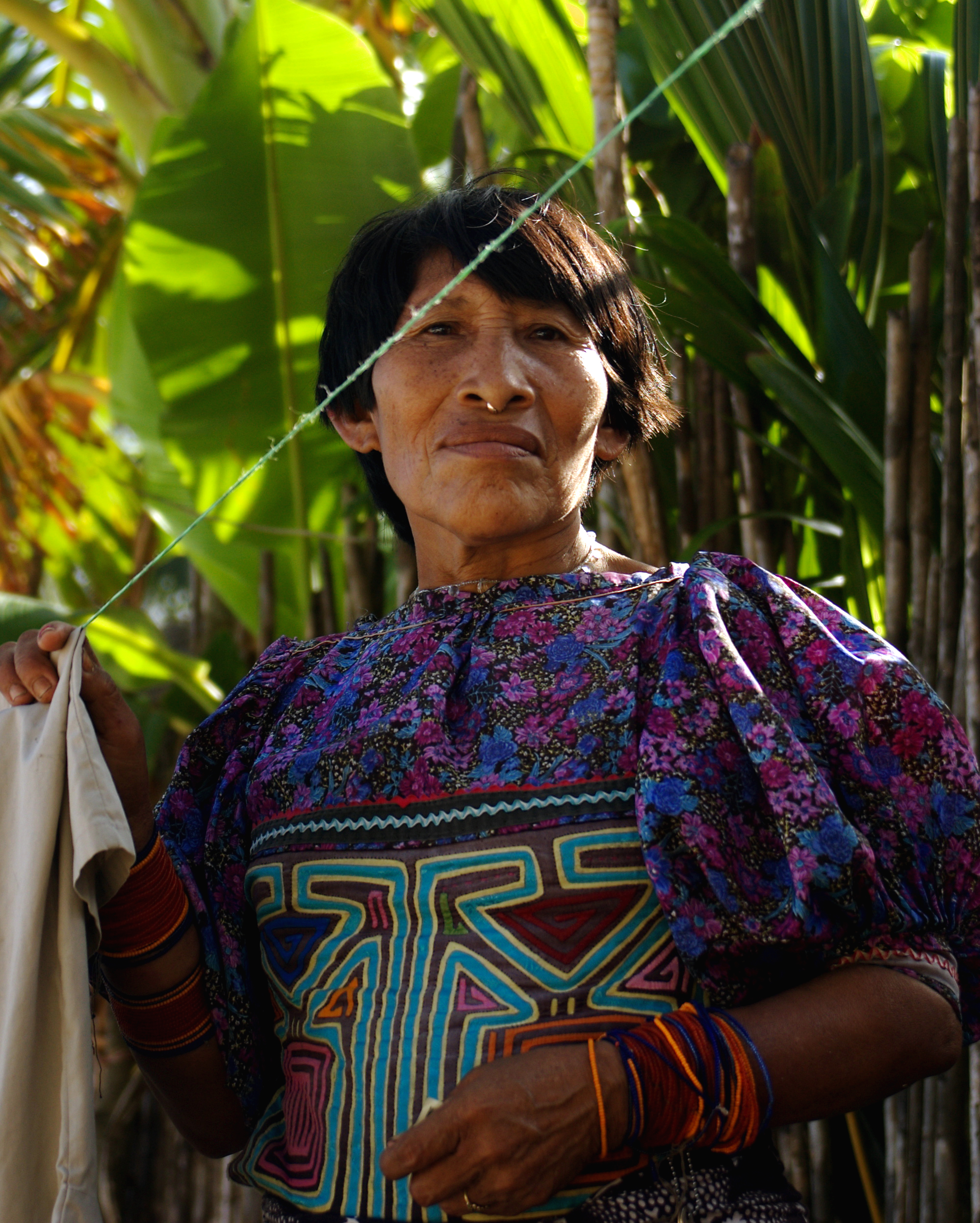"Chronic consumption of a high-fat, refined-carbohydrate (HFS) diet causes hypertension." That's the first sentence of the abstract of a 2002 study. Diets high in refined carbohydrates and fats have been implicated in weight gain, high blood pressure, diabetes, and heart disease. No debate there. The question is -- what SHOULD you eat?...
Several approaches have been championed:
- Cut back a little on the fats and refined carbohydrates; eat more "good carbs"
- Go low-carb; Get most calories from fats; get carbs from green vegetables
- Go low-carb; Get most calories from proteins; eat more vegetables; only eat "good carbs"
- Go low-fat; Get most calories from carbohydrates; eat more vegetables; only eat "good carbs"
Option 1 is a modest approach, like the American Heart Association and American Diabetes Association dietary recommendations. And those who follow these recommendations can expect to see modest improvements in the rate at which their health deteriorates. They might see some reduction in high blood pressure, some improvement in their cholesterol, some improvement in blood sugar control, and some weight loss. The big benefit of option 1 is that it is not so terribly different from what everyone around us is already eating. It's easy to find the recommended foods in restaurants and grocery stores, easy to eat a little less white bread, a little more brown rice, a smaller cut of steak, a little less potato, a little more salad.
The other approaches are a bit more radical. Low-carb approaches, from Atkins to South Beach to the Zone to Dr. Bernstein's prescription seek to eliminate the most obvious source of blood sugar -- sugars and easily-digested starches. Once after-meal blood sugar spikes are eliminated, insulin sensitivity improves. Lower blood sugar and lower insulin mean less inflammation, and less variation in blood sugar means fewer incidents of low blood sugar. Carbohydrate cravings sometimes taper off. Patients lose weight, and their cholesterol improves, even if they are eating a fatty diet. Many studies show that these high-protein and high-fat diets perform much better than ADA- or AHA-like diets.
High-carb approaches, like those from Dean Ornish or Neil Barnard, seek to eliminate blood sugar problems through the use of "slow-release" "good carbs" that are not quickly digested. At the same time, they improve insulin sensitivity by reducing the fat in the blood and in muscle cells. Lower blood sugar and lower insulin mean less inflammation, and less variation in blood sugar means fewer incidents of low blood sugar. Patients lose weight, and their cholesterol improves. Many studies show that these low-fat, good-carb diets perform much better than ADA- or AHA-like diets.
The problem with these types of diets is that they are big changes for most of the people who would benefit most from the switch. They involve unfamiliar foods, "weird" food substitutions (fake fats or fake carbs), and, sometimes, supplements to make up for eliminated food groups. An Atkins-like diet requires a lot of vitamin and mineral supplementation to make up for the missing fruits and grains. Barnard's vegan diet requires a B12 supplement to make up for the missing animal products.
The strange thing is, some high-fat foods like meats can raise insulin more than high-carbohydrate foods like popcorn. And high-fat diets can raise blood glucose more than high-carbohydrate diets. Low-Fat diets can do more for endothelial health than low-carbohydrate diets. All of these findings would sem to favor low-fat diets.
But the data is not all in. Studies by proponants of high-fat diets seem to favor high-fat diets, while studies by proponants of low-fat diets seem to favor low-fat diets. Things that most researchers seem to agree on are:
- Diets that cause inflammation are bad
- Foods that contain antioxidants are helpful.
- Fiber is good
- Bad Carbs are bad; low-glycemic-index carbs are the best carbs.
- Omega-3 polyunsaturated fatty acids are better than most Omega-6 polyunsaturated fatty acids.
Christian K. Roberts, Nosratola D. Vaziri, Ram K. Sindhu, and R. James Barnard A high-fat, refined-carbohydrate diet affects renal NO synthase protein expression and salt sensitivity. J Appl Physiol 94: 941-946, 2003. First published October 25, 2002; doi:10.1152/japplphysiol.00536.2002 8750-7587/03
Anthony Accurso,1 Richard K Bernstein et al. Dietary carbohydrate restriction in type 2 diabetes mellitus and metabolic syndrome: time for a critical appraisal. Nutr Metab (Lond). 2008; 5: 9. Published online 2008 April 8. doi: 10.1186/1743-7075-5-9.
Susanne HA Holt, Janette C Brand Miller, and Peter Petocz
An insulinindexof foods:the insulindemandgeneratedby
1000-kJ portions of common foods http://www.ajcn.org/cgi/reprint/66/5/1264.
Am J Clin Nutr 1997;66:1264
Caroline Vidon, Philippe Boucher, Ana Cachefo, Odile Peroni, Frédérique Diraison and Michel Beylot
http://www.ajcn.org/cgi/content/full/73/5/878
Effects of isoenergetic high-carbohydrate compared with high-fat diets on human cholesterol synthesis and expression of key regulatory genes of cholesterol metabolism
American Journal of Clinical Nutrition, Vol. 73, No. 5, 878-884, May 2001
Shane A. Phillips; Jason W. Jurva; Amjad Q. Syed; Amina Q. Syed; Jacquelyn P. Kulinski; Joan Pleuss; Raymond G. Hoffmann; David D. Gutterman http://hyper.ahajournals.org/cgi/content/abstract/51/2/376 Benefit of Low-Fat Over Low-Carbohydrate Diet on Endothelial Health in Obesity
Hypertension. 2008;51:376.)
Read all of "Diets high in refined carbohydrates and fats are unhealthy" ...











